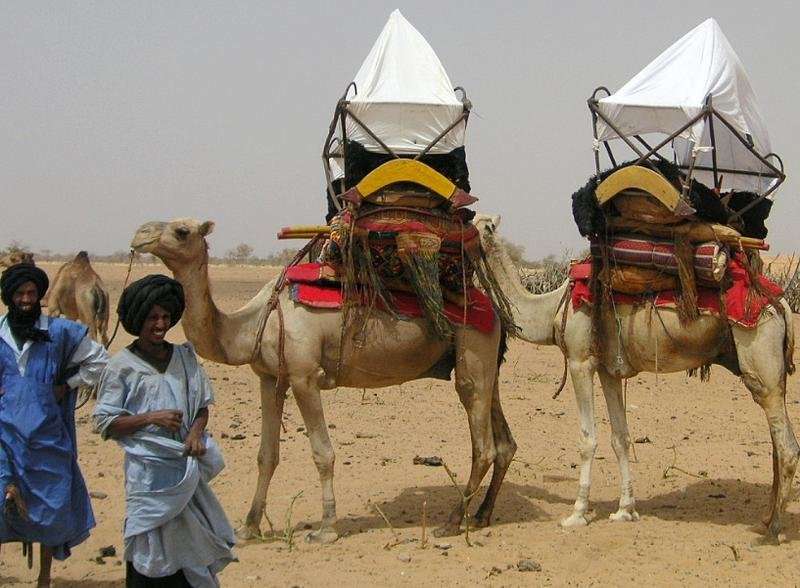Is MERS-CoV a threat for Africa?

Middle East respiratory syndrome (MERS) is a lethal disease in humans, caused by a coronavirus (MERS-CoV). It was first identified in man in 2012, in the Arabian Peninsula. The main MERS-CoV reservoir species is the dromedary, which is found in large numbers in many African countries. Why is it that they have never transmitted the virus to humans, as they have in parts of the Middle East? The first clues were published in an article in the journal PNAS on 5 March. The work in question associated researchers from CIRAD, in partnership with IRD and several African partners, and an international team led by Professor Malik Peiris from Hong Kong University, who is Scientific Director of the Institut Pasteur's Hong Kong research pole.
Genetic and phenotypic differences between coronaviruses could explain why there was an epidemic of Middle East respiratory syndrome (MERS-CoV) in humans in the Arabian Peninsula in 2012, but not in Morocco, Nigeria, Ethiopia or Burkina Faso, where the virus nevertheless circulates intensely between dromedaries. This was reported in a study published on 5 March in the journal PNAS, conducted by Hong Kong University, CIRAD, African organizations and a large international team. With a mortality rate in humans of 35%, and no treatment or vaccine available, the virus is now one of the 10 priority emerging diseases in terms of research and diagnosis identified by the World Health Organization.
The MERS-CoV strains circulating in African dromedaries are different from those isolated in the Arabian Peninsula, the only world region in which indigenous cases of MERS disease have been declared (except those cases declared after travel and nosocomial transmission). This work also showed that there is no contact, hence no recombination between the different strains. "The MERS-CoV seen in North and West Africa is a sub-group that differs not only from those in the Middle East but also from that seen in East Africa", says Véronique Chevalier, a CIRAD epidemiologist who was one of the co-authors of the publication. These slight genetic differences between the viruses isolated in the Arabian Peninsula and those found in dromedaries in West and North Africa could account for the fact that the disease has not been transmitted to humans in these regions.
"We are continuing our work on the mechanisms and factors of transmission within camelid po pulations and between dromedaries and man", Véronique Chevalier adds, "particularly in East Africa, where the absence of declared cases in humans despite the virus being similar to that isolated in the Arabian Peninsula remains to be studied in more detail". To this end, as part of the programme being conducted by the University of Hong Kong and CIRAD, two Ph.D. students are being co-supervised in partnership with the Universities of Haramaya for animal health (by CIRAD and the IRD) and Addis Ababa for veterinary public health and the risks of transmission to humans (by HKU-PRP and CIRAD).
"Dromedaries are hugely socially, culturally and economically important in the countries where they are found. Their capacity for adaptation and resilience is extremely promising in the light of climate change. We are contonuing our ecology and epidemiology studies in the hope of understanding their role in the spread of several animal and zoonotic diseases" François Roger, Co-Head of UMR ASTRE for CIRAD.
This research fits into the One Health concept, which advocates studying animal and human health jointly, within a given ecological or socioeconomic context.
MERS-CoV, an emerging disease under strict surveillance
MERS-CoV is a coronavirus transmitted by dromedaries that is very similar to SARS (severe acute respiratory syndrome). In 2002, SARS contaminated 8000 people in 25 countries in record time, causing 800 deaths. The WHO has recorded more than 2100 people infected with MERS-CoV since 2012, of whom 813 have died.
More information: For more information, see www.fao.org/ag/againfo/program … ituation_update.html



















